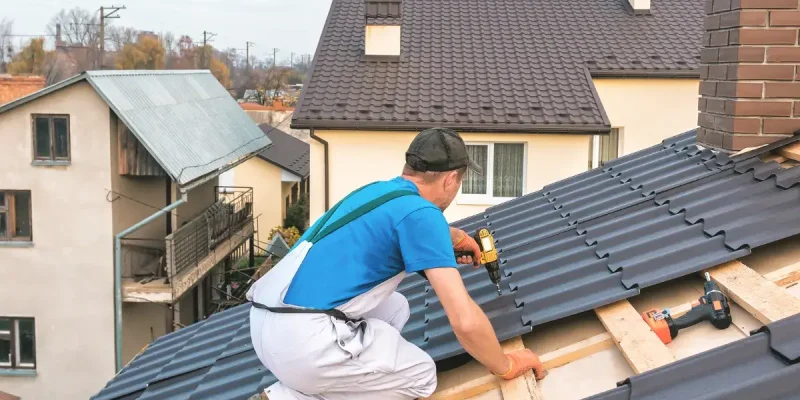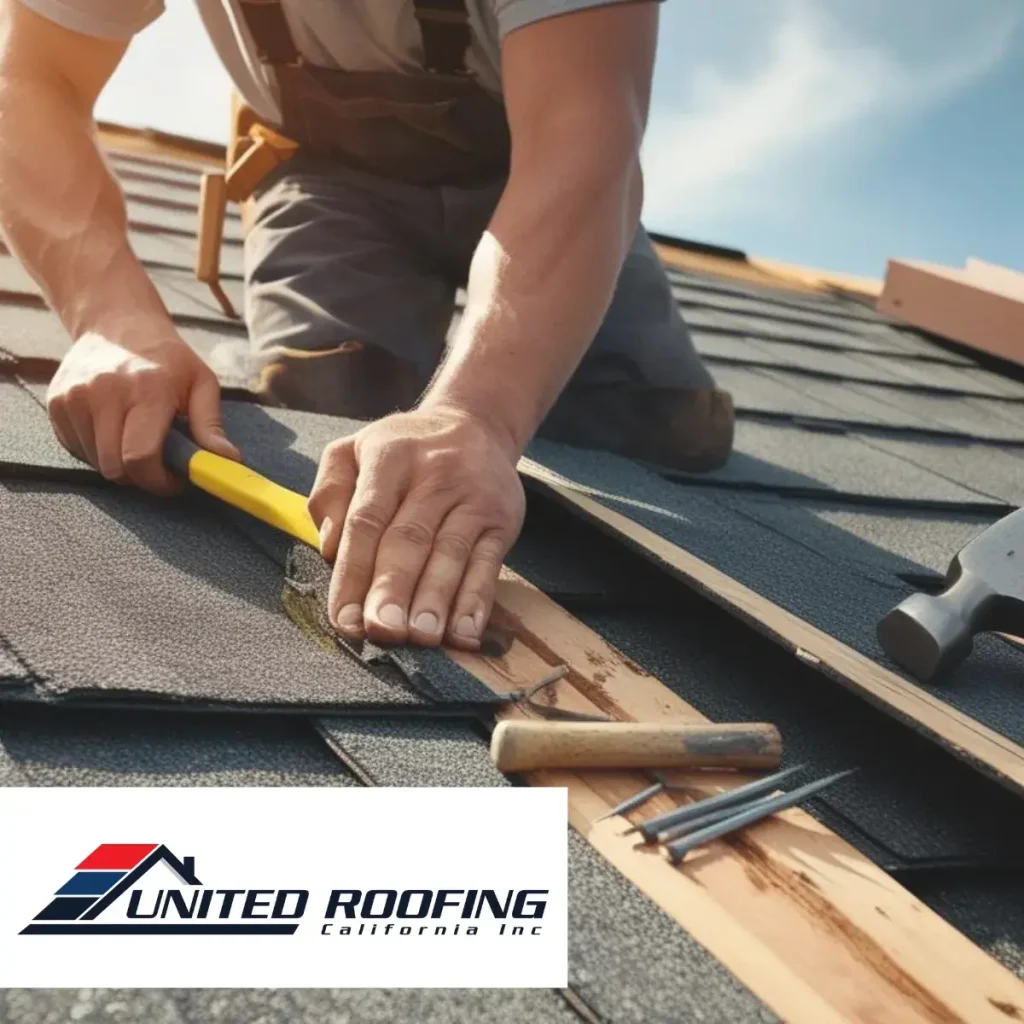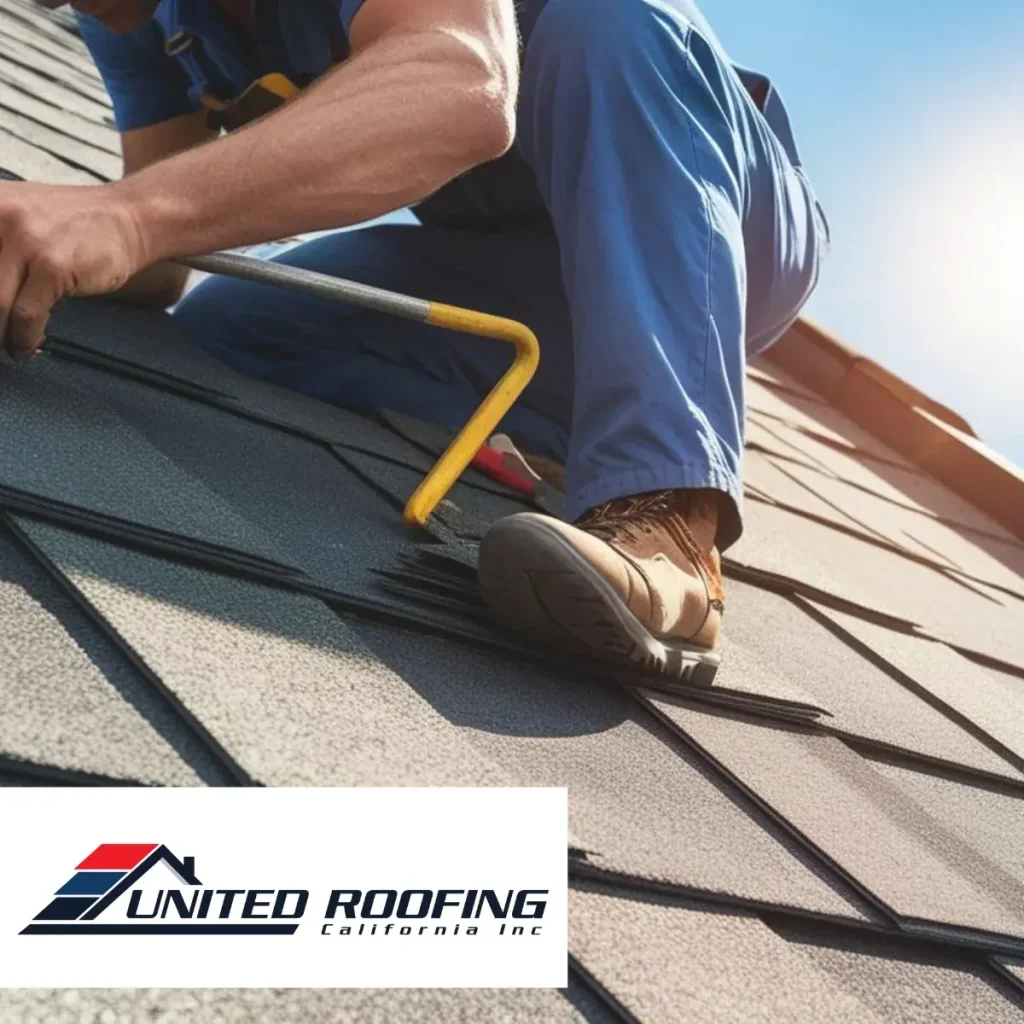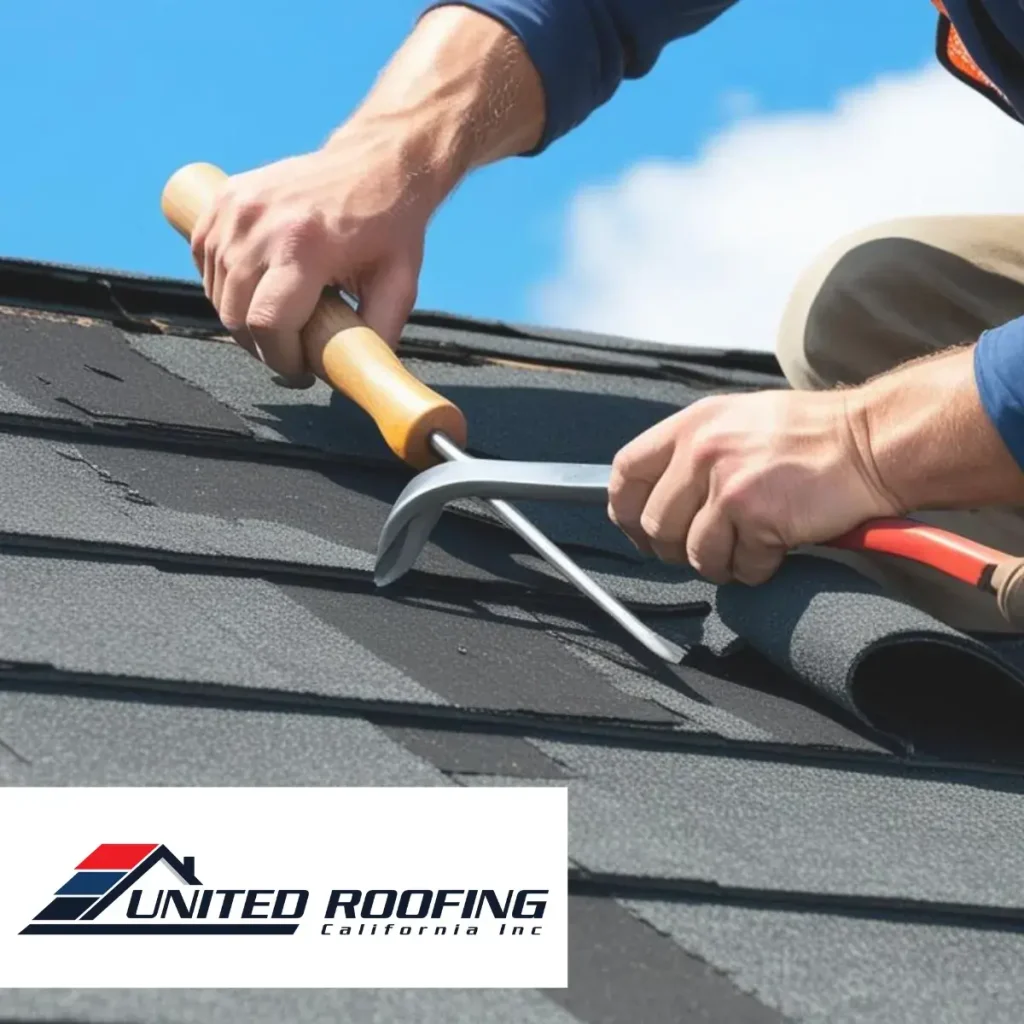A new roof is a critical investment for any commercial property, providing long-term protection, energy efficiency, and structural stability. However, even minor mistakes during installation can lead to costly repairs, premature deterioration, and safety concerns. Ensuring that the process is handled correctly from start to finish helps businesses avoid unnecessary expenses and operational disruptions. By understanding common pitfalls, property owners can make informed decisions that contribute to a successful and long-lasting installation.
Overlooking Proper Roofing Material Selection
Choosing the wrong materials for a commercial roof can lead to performance issues and higher maintenance costs. Factors such as climate, building design, and insulation needs play a crucial role in determining the best roofing system. Some businesses opt for cost-effective options without considering long-term durability, leading to frequent repairs and replacements.
Consulting with a professional roofing contractor ensures that the chosen material aligns with structural requirements and energy efficiency goals. Options such as TPO, EPDM, or metal roofing each offer distinct benefits, but selecting the right one requires a thorough assessment of building conditions. For companies planning a commercial roofing installation, investing in high-quality materials tailored to specific needs enhances longevity and performance.
Skipping Essential Pre-Installation Inspections
A successful roofing project starts with a comprehensive inspection of the existing structure. Failing to identify underlying issues such as water damage, insulation problems, or structural weaknesses can lead to major setbacks. Ignoring these factors may cause new roofing materials to be installed over a compromised foundation, resulting in leaks, poor insulation, and premature wear.
Professional assessments help detect any hidden problems that need to be addressed before installation begins. Contractors perform core sampling, moisture scans, and load-bearing tests to ensure the roof is structurally sound. Skipping this step not only increases the risk of future damage but also shortens the lifespan of the entire roofing system.
Improper Installation Techniques and Workmanship
Even with high-quality materials, poor workmanship can significantly impact the roof’s performance. Issues such as improper seam sealing, inadequate fastening, and incorrect flashing installation can lead to leaks and structural instability. Hiring inexperienced contractors or attempting to cut costs by using subpar techniques often results in long-term complications.
Ensuring that a certified and experienced team handles the project guarantees precise installation and adherence to industry standards. Professional roofing crews follow manufacturer guidelines and building codes to create a secure and durable roofing system. Businesses considering commercial roofing installations should prioritize expert craftsmanship to prevent costly errors and ensure long-term reliability.
Neglecting Post-Installation Maintenance and Inspections
A newly installed roof requires ongoing maintenance to maximize its lifespan and performance. Many businesses overlook the importance of regular inspections, assuming that a new roof will remain problem-free for years. However, debris buildup, weather exposure, and minor wear and tear can lead to damage if not addressed early.
Establishing a maintenance schedule with routine inspections helps identify potential issues before they escalate. Simple tasks such as clearing drainage systems, checking for loose fasteners, and monitoring sealant conditions contribute to long-term durability. Proactive upkeep ensures that the roofing system remains in optimal condition, preventing costly repairs and extending its service life.
Avoiding common mistakes during a commercial roof installation protects the investment and ensures long-term performance. From selecting the right materials to maintaining proper installation standards, each step plays a vital role in achieving a durable and efficient roofing system. Taking the time to plan, inspect, and maintain the roof allows business owners to maximize their investment while safeguarding their property against future challenges.
Learn More
The Timeline for New Commercial Roofing Installation: What to Expect
How to Prepare Your Commercial Building for a New Roof Installation





